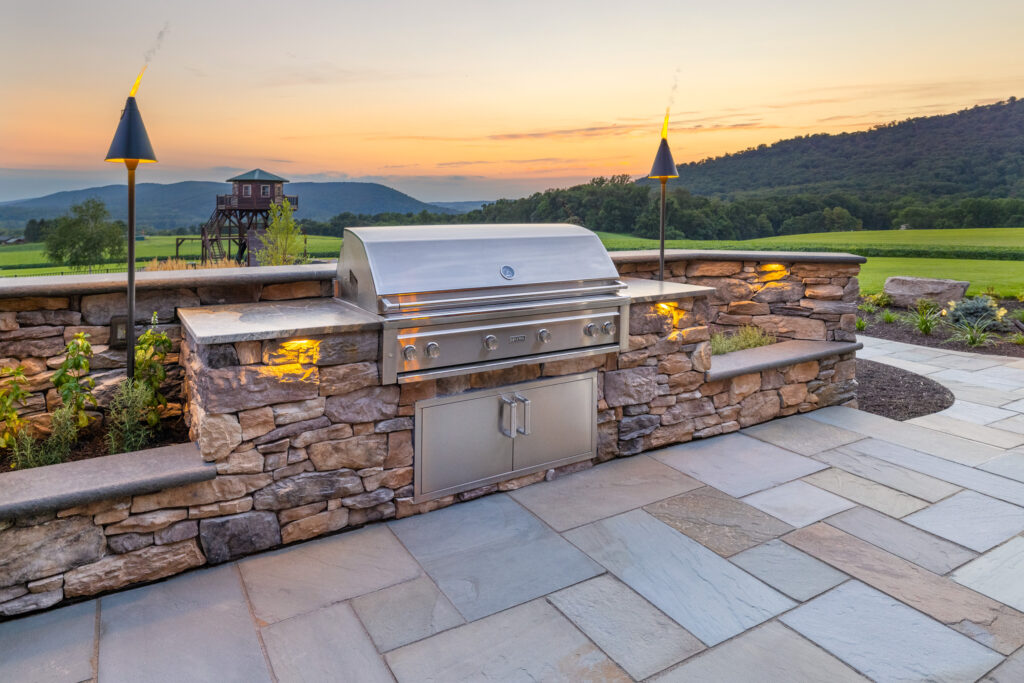Calibration
Common Issues With Natural Stone
While natural stone has its own appeal, setting it can be a very time-consuming, and tedious process. Getting natural stone to lay flat and even takes a highly skilled mason, and even then, it will never match the finished result of calibrated stone. Common issues with natural stone include an uneven bottom clef, oversized thickness, and tapered bottom clefts. A calibrated stone has a flat bottom and even thickness making it much easier to work with. This allows you to save tons of time and money on your overall project. Uncalibrated stone needs to be leveled and depending on the base underneath, can be more prone to issues later on.
Benefits Of Calibrated Stone
There are several main benefits to choosing calibrated stone for your project. With calibrated stone, the milling process provides a consistent thickness. The bottom of the stone becomes evenly calibrated, while the top of the stone remains natural. This gives you the same great look of natural cleft stone, with the ease of installation that tile has. Calibrated stone allows for “pick and lay” installation, so no base adjustment is needed. With uncalibrated stone, you must remove the base in order to level each stone you install. With calibrated stone, you no longer need to read the bottom and spend hours planning each stone placement. Just lay it directly on your flat base.

